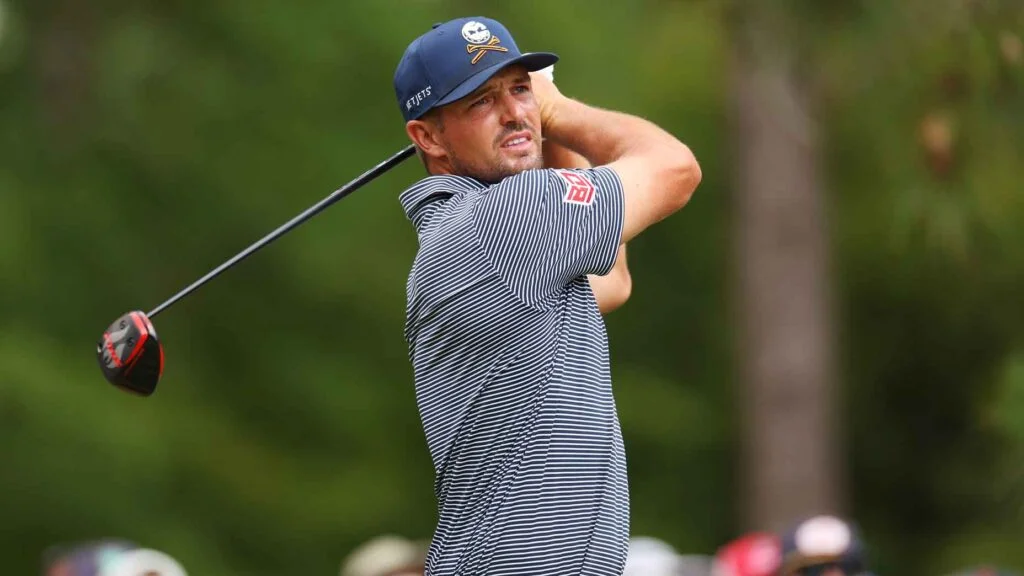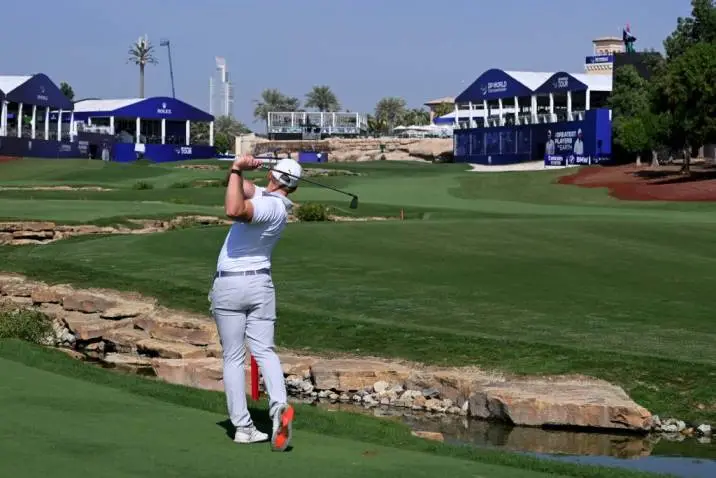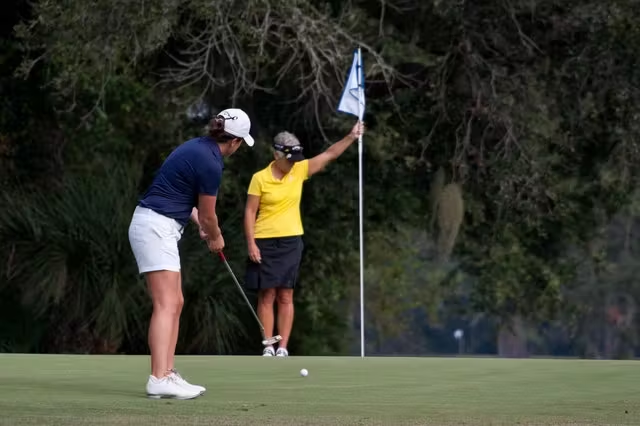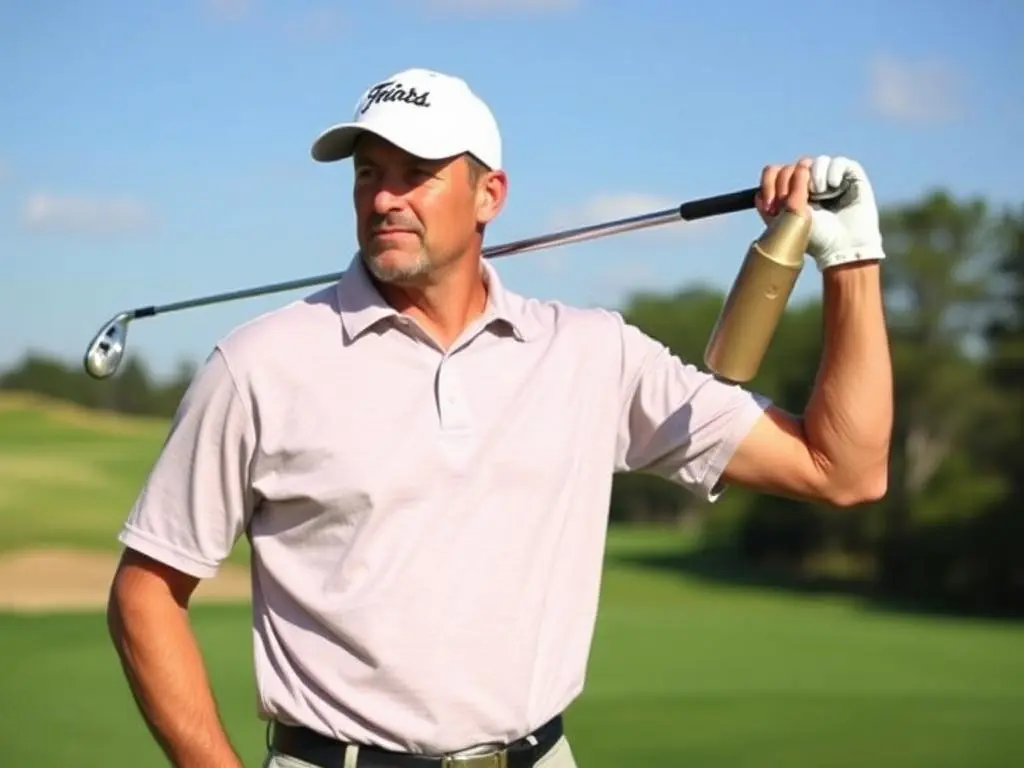PINEHURST, N.C. — You could begin a gallery with the difficult misses of golf's most adorable failures. Those players who finish distressingly short do as such which is as it should be: their week of shots incorporating into a solitary swing that, sadly for them, turns into the deadly projectile. The pictures of those minutes make up the representations of their professions. Phil Mickelson's hands fastened on his head at Winged Foot. Greg Norman withering to the ground at Augusta Public. Jordan Spieth dropping a ball — a subsequent ball — at So be it Corner in 2016.
For Rory McIlroy, entering the last round of the U.S. Open, there was simply one such second — that toe-snared tee ball on 10 at the 2011 Bosses. The visual of McIlroy facing the hedges of white lodges with dark shades educates you concerning an excruciating corner of his profession. One swing unwound a spool of yarn that day, and we as a whole actually consider it 13 years on. It currently has an accomplice in the exhibition hall. One that isn't included in yards or feet. Only 30 inches.
"For him to miss that putt," Bryson DeChambeau said Sunday evening of McIlroy's lip-out on 16, "I'd never wish it on anyone."
The U.S. Open was simply getting everything rolling.
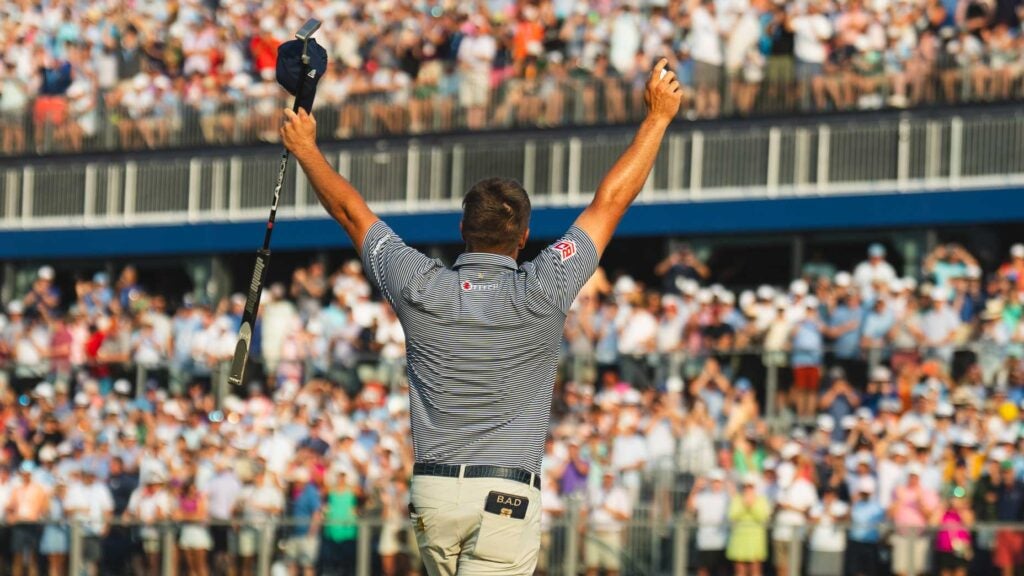
On account of THE WAY Pinehurst No. 2 is steered, there was a network to the last phases of the U.S. Open. The thirteenth and fourteenth openings run close by one another, in inverse headings. The sixteenth fairway crosses contiguous the fifteenth green. The seventeenth opening glances out over the sixteenth fairway. The eighteenth tee is a vantage point for the openings going before it.
Thus as a significant week at Pinehurst crawled toward its nearby, McIlroy was perceptive, looking at the gathering behind him — drove by DeChambeau. He watched his opposition from the side of the fourteenth green, of course from the fifteenth tee, and as he strolled through the sixteenth fairway. McIlroy expressed right off the bat in the week he was expecting to be apathetic at Pinehurst. To swim through the terrible splits that this wrenched up competition offers. Like the 30-inch putt you need to play outside the opening.
Shot No. 1 of the last 31 minutes was the sort of putt that McIlroy had made 496 out of multiple times this season. Be that as it may, on the 497th attempt, in the midst of the hardest states of the time, McIlroy's ball rimmed the edge of the cup and wouldn't fall. The show off behind him withdrew. One worker held her hands up high toward the exhibition, yet extended her neck to watch. Her jaw had dropped. Everybody's jaw had dropped. McIlory dropped a stroke as he tapped in for Shot No. 2. Tie ballgame, six under.
From the fairway, DeChambeau observed eagerly. He started the day with a three-shot lead, yet McIlroy had taken it from him. And afterward conceded him an opportunity to take it back. He hit a full wedge to 22 feet, beneath the opening. He was following a similar outline as the man in front of him. Hit it high with a draw and stop it on these unthinkable greens. That is Shot No. 3.
Golf shots are free strikes, obviously, and we frequently treat them such. Strokes Acquired is the most famous measurement in the game, and was formed to isolate the worth of one swing from the following. Yet, hell in the event that shots aren't associated on a Sunday evening. McIlroy's next swing accompanied a 6-iron, skipped multiple times on grass prior to falling into sand. Does he pull Shot No. 4 into the fortification on the off chance that he hadn't three-putted? We (and he) are simply passed on to ponder.
As McIlroy practiced his dugout swing, DeChambeau was following. Paige Mackenzie, for the Golf Channel, said DeChambeau was dealing with the finish of this competition like a hunter. He had remained patient the entire week — very un-DeChambeau-like — however conceded later he was pursuing birdies now. At the point when Shot No. 5 slid by the opening, DeChambeau dropped to his knees, a show lord. Apathy in the left fortification on 17, uneasy on the sixteenth green.
Shot 6: McIlroy sprinkled out of the sand.
Shot 7: DeChambeau taps in for standard. His 29-inch putt fell into the core of the cup, similar to putts of that length should. Be that as it may, 30-inch U.S. Open putts are not typical.
Shot 8: McIlroy taps in for his standard. On to 18. Just Patrick Cantlay, who had as of late left the battle, actually held the honor, which implied McIlroy would need to stand by … and observe some more. Two or three thousand sets of eyes were locked on DeChambeau, a considerable lot of them in the show off left of 18, repeating U-S-A, U-S-An out over McIlroy's head, at the American somewhere out there. Quietly, calmly, maybe stewingly, McIlroy made smooth practice swings with his driver. Furthermore, simply a modest bunch of seconds after DeChambeau's methodology killed the seventeenth green and moved to 18 feet (Shot No. 9), McIlroy moaned on his driver. Shot No. 10, taking off lengthy and left.
These two men moved a disconnected tango, 500 feet separated. They had begun the day around 30 feet from one another on the driving reach. McIlroy headed out first, starting the journey to 1 similarly as DeChambeau turned heads on his driver. (Just a single player in the world would make such a trade 20 minutes before the last round of the U.S. Open.)
These two artists are two of the best drivers this game has at any point seen. Also, on the eighteenth opening it turned out to be clear they were chasing after exactly the same thing: hit the ball up to this point that it clears everything. DeChambeau polished his third adjust by bobbing his drive the show off and into a spotless point. We can accept that McIlroy, who is just as lengthy, played Shot No. 10 the same way. (We should accept on the grounds that he didn't talk with media after his round.) However Shot No. 10 will stick in his stomach for a long time, as well, since he lost at Pinehurst Roulette, his ball stopping at the rear of an enormous tuft of wire grass. He remained there, with his hands next to him, for minutes. DeChambeau asked Shot No. 11 up to the opening, a couple inches short. Shot No. 12 acquired his standard.
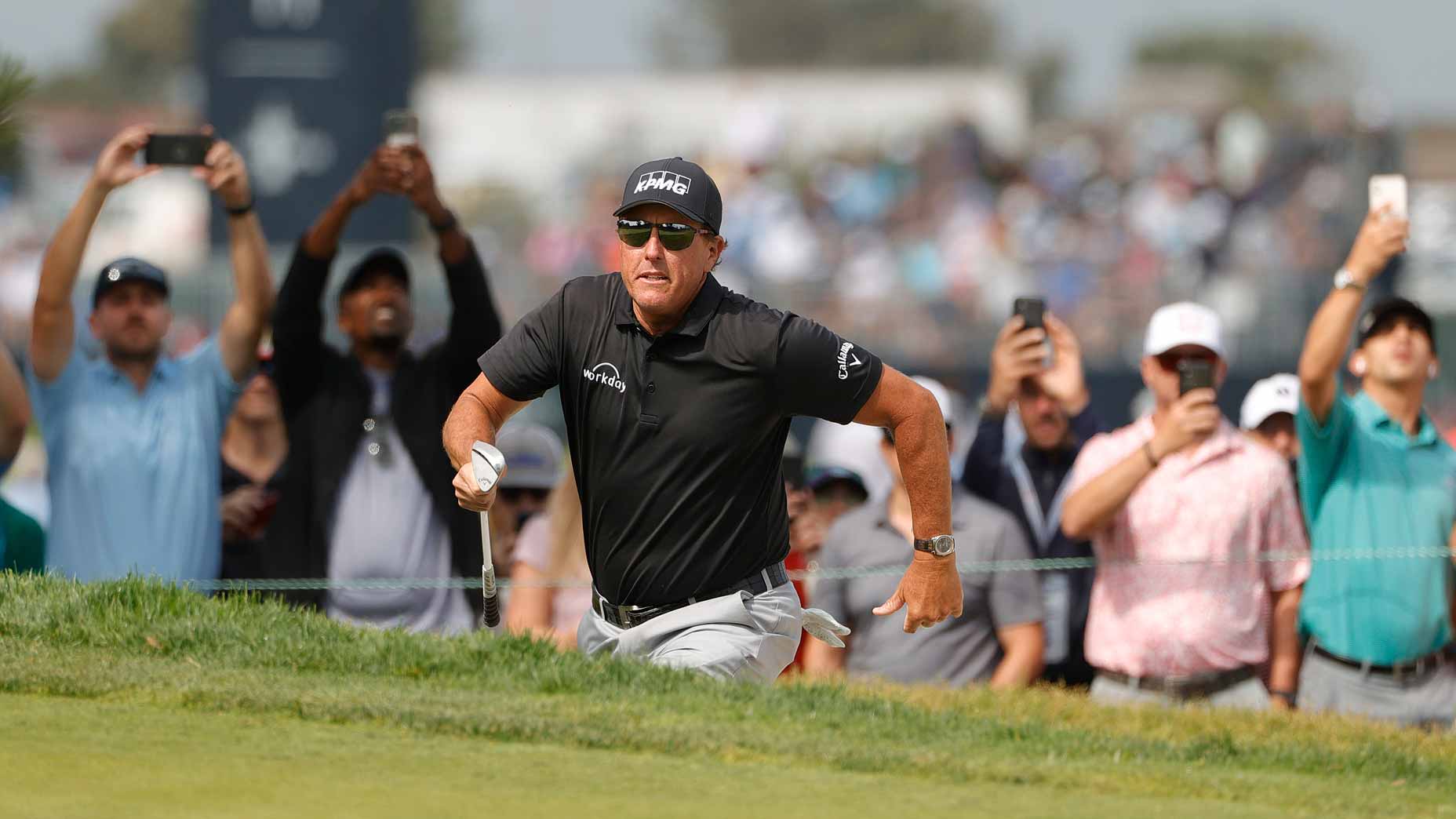
To have this whole week boil down to one of the 75 types of grasses that fill in the sandy areas of Pinehurst No. 2 might feel uncalled for to some. Yet, that is the assurance of the course this week and consistently. The extraordinary speed of its greens is a certain something, yet that is the situation at the Remembrance competition, as well. The immovability of the fairways and the slopey encompasses were another safeguard, sure, yet we'll see that in July at the Open. The local region grasses are Pinehurst.
Shot No. 13 came only 20 minutes after Shot 1. This game may be slow and on most Sundays a characteristic narcotic, yet anything can occur in a short time on Father's Day. The main play for McIlroy was a wounded wedge that evaded up the fairway, shy of the green.
Shot No. 14 trailed behind. DeChambeau's tee ball snared hard and left, bobbing off the hip of a worker and stopping on the edge of an intense tree root. Were the worker a piece faster, we might have tracked down an alternate outcome, yet this was no chance to ponder. Not 30 seconds after the fact, McIlroy cut a pitch from the front side of the green inside four feet. Shot No. 15. Fans Ping-Ponged their look this way and that. Assuming it felt wild comfortable in your family room, it was similarly such face to face. DataGolf had decided their chances of winning were essentially something similar, offering McIlroy, in fact the better player, a 4% benefit.
"Four feet, downhill, breaking to one side," Brandel Chamblee said from the NBC stall. "That is not the very four-footer you need." Not when this situation started off with a more limited form of that equivalent putt.
One-hundred fifty yards back, DeChambeau asked a principles official for TIO alleviation — he wasn't a long way from the edge of the show off — an update that masters will give their best for utilize an escape clause, yet was legitimately conceded none. Then, at that point, he started investigating assuming he'd hurt his wrist swinging across the root. Were he playing from the fairway, he might have taken further breaths without the clothing rundown of factors. He might have gazed into the sunset to see McIlroy line up Shot No. 16, another we could include in inches (only 45). However, DeChambeau's untruth didn't manage the cost of him the choice of watching. He figured McIlroy would make standard.
"Then I heard the groans."
That was DeChambeau once more, talking about an hour after the fact. "Like a fix of adrenaline got in me. I said, Alright, you can do this." Shot No. 16 was McIlroy's subsequent brain desensitizing putt, this one getting the low edge of the opening and turning out. Shot No. 17 tidied up his intruder and a most-discouraging 69.
Things happened so quick paving the way to that second, yet out of nowhere every choice felt sluggish. DeChambeau over and over practiced a half-swing that could crush underneath the tree limb above him. He picked at the pinestraw behind his ball with a tee. He got a club and took a position, his toes unusually near the ball. He relaxed his grasp — he felt the shot — then ventured back.
FAQs
Where was the US open in 2024?
Pinehurst Resort and Nation Club is set to add one more celebrated part to its title history by facilitating its fourth U.S. Open and eleventh USGA title.
How many players are in the US Open golf?
The field is 156 players. The sprinter up from the U.S. Novice, the victor of the U.S. Junior Novice, and U.S. Mid-Novice should stay a beginner.
How many players make the U.S. Open Cut?
What number of players make the US Open cut? At the U.S. Open, the best 60 players and binds advance to play the last two rounds of the competition

